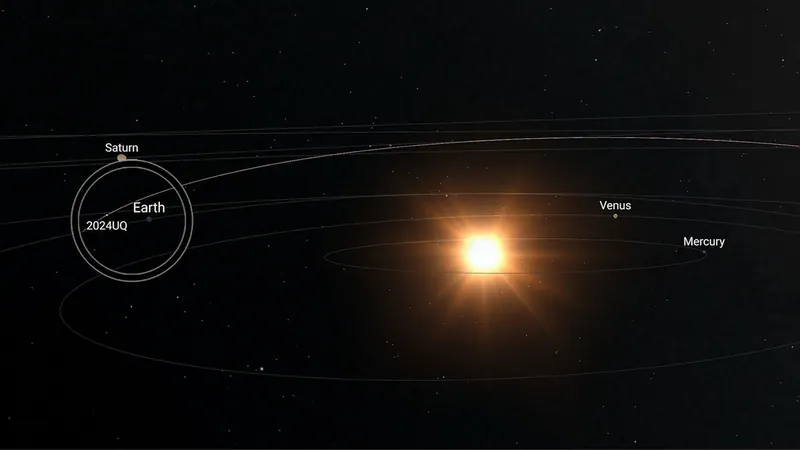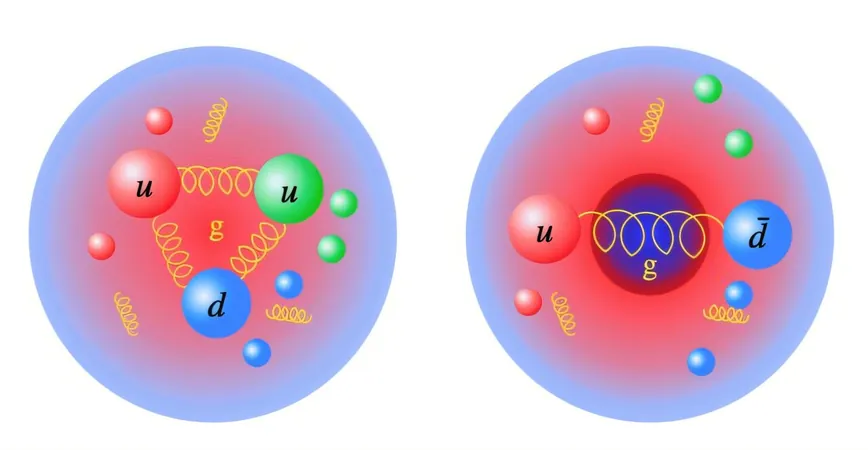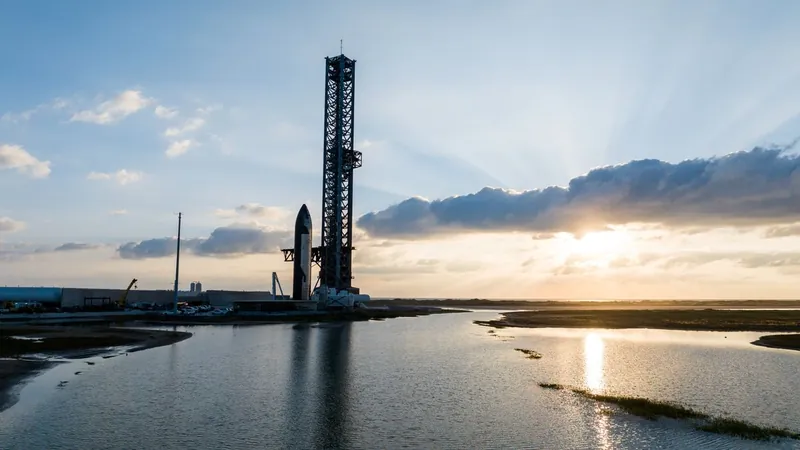
Shocking Discovery: An Asteroid Strikes Earth Just Hours After Detection – 2024’s Third Near-Miss!
2024-11-08
Author: Olivia
Just last month, an asteroid burst through Earth's atmosphere, striking just hours after it was first spotted by astronomers. This particular space rock, dubbed 2024 UQ, remarkably evaded impact detection systems on its approach, but fortunately, it had a modest size of just 3 feet (1 meter) in diameter, posing minimal risk to life and property on our planet.
The asteroid was initially identified on October 22 by the Asteroid Terrestrial-impact Last Alert System (ATLAS) based in Hawaii, consisting of a network of four telescopes on the lookout for potentially hazardous objects. Merely two hours after its discovery, 2024 UQ met its fiery end over the Pacific Ocean near California, labeling it as an "imminent impactor."
Due to the rapid timeline between detection and impact, the European Space Agency's (ESA) Near-Earth Object Coordination Center failed to gather tracking data before the asteroid struck. An insider statement from the ESA revealed, "ATLAS survey obtained images that included detections of a small object on a high-probability collision course. However, due to the object's location near the edge of two adjacent fields, it was only recognized as a moving object a few hours later. By the time we received the astrometry, the impact had already occurred."
The incident garnered further confirmation when flashes were detected by the National Oceanic and Atmospheric Administration's GOES weather satellites, as well as NASA’s Catalina Sky Survey telescopes. These flashes validated the impact of 2024 UQ and traced its trajectory.
Remarkably, 2024 UQ is now the third “imminent impactor” of 2024 alone. Earlier this year, two other such asteroids were detected within hours of impact: the first, known as 2024 BX1, with a size of approximately 3.3 feet (1 meter), disintegrated harmlessly above Berlin, Germany in January. The second, 2024 RW1, exploded dramatically over the Philippines on September 4, with numerous videos capturing the breathtaking fireball as witnesses looked skyward.
The increased frequency of these near-misses underscores the urgency of planetary defense initiatives designed to catalog the myriad of space rocks that could threaten Earth. Agencies from around the globe, including ATLAS, the Catalina Sky Survey, and ESA’s NEOCC, are stepping up their efforts. Furthermore, NASA is spearheading the development of an advanced infrared telescope called NEO Surveyor, aimed at detecting potentially dangerous near-Earth objects before they reach our atmosphere.
As we look to the future, it is clear that vigilance in monitoring these space threats is paramount. What other surprises does our celestial neighborhood have in store for us? Stay tuned as scientists continue to unveil the mysteries of our ever-changing universe!









 Brasil (PT)
Brasil (PT)
 Canada (EN)
Canada (EN)
 Chile (ES)
Chile (ES)
 España (ES)
España (ES)
 France (FR)
France (FR)
 Hong Kong (EN)
Hong Kong (EN)
 Italia (IT)
Italia (IT)
 日本 (JA)
日本 (JA)
 Magyarország (HU)
Magyarország (HU)
 Norge (NO)
Norge (NO)
 Polska (PL)
Polska (PL)
 Schweiz (DE)
Schweiz (DE)
 Singapore (EN)
Singapore (EN)
 Sverige (SV)
Sverige (SV)
 Suomi (FI)
Suomi (FI)
 Türkiye (TR)
Türkiye (TR)